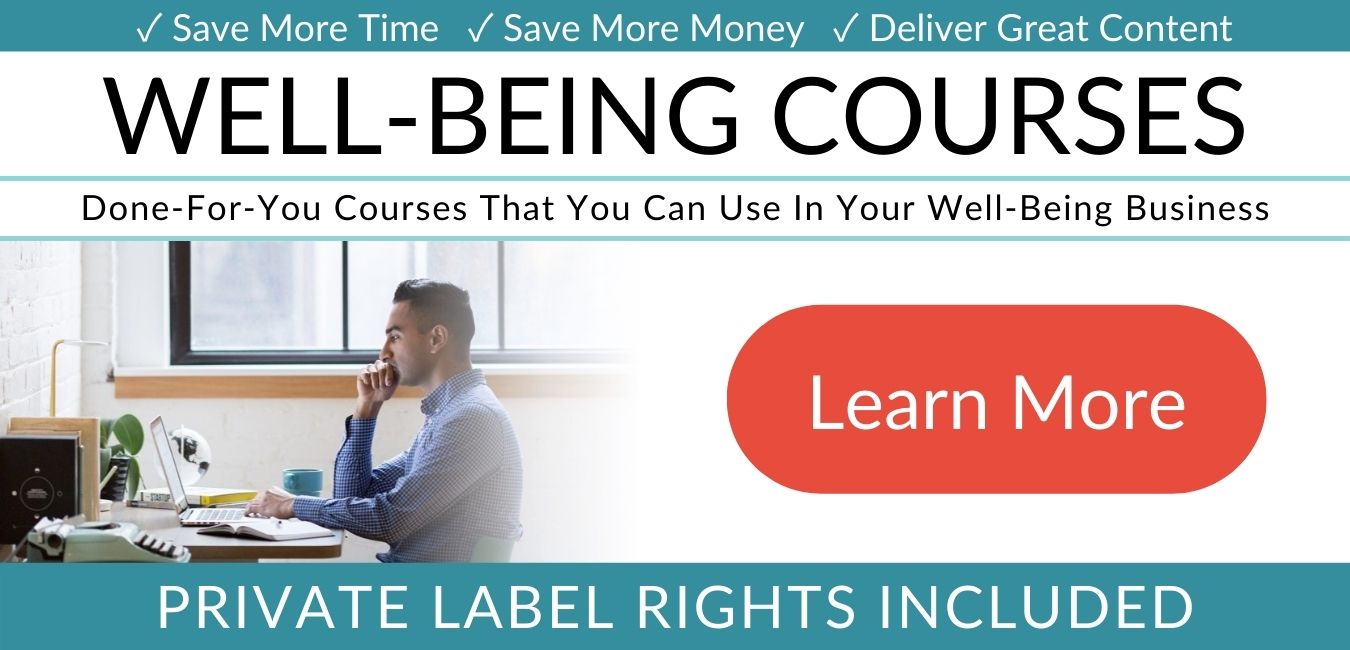Critical Thinking: Definition, Examples, & SkillsLearn more about what critical thinking is and how to practice it every day.
In addition to the challenges of a daily deluge of decision-making, there are those with a vested interest in bamboozling and manipulating us. Sometimes it is people in power whose primary concern is maintaining power, sometimes it’s people who want to sell us stuff, and sometimes we’re the ones attempting to delude ourselves. Luckily, we can protect ourselves from deceit, delusions, and extemporaneous decisions by applying a little critical thinking.
Before reading on, if you're a therapist, coach, or wellness entrepreneur, be sure to grab our free Wellness Business Growth eBook to get expert tips and free resources that will help you grow your business exponentially. Are You a Therapist, Coach, or Wellness Entrepreneur?
Grab Our Free eBook to Learn How to
|
Are You a Therapist, Coach, or Wellness Entrepreneur?
Grab Our Free eBook to Learn How to Grow Your Wellness Business Fast!
|
Terms, Privacy & Affiliate Disclosure | Contact | FAQs
* The Berkeley Well-Being Institute. LLC is not affiliated with UC Berkeley.
Copyright © 2024, The Berkeley Well-Being Institute, LLC
* The Berkeley Well-Being Institute. LLC is not affiliated with UC Berkeley.
Copyright © 2024, The Berkeley Well-Being Institute, LLC




